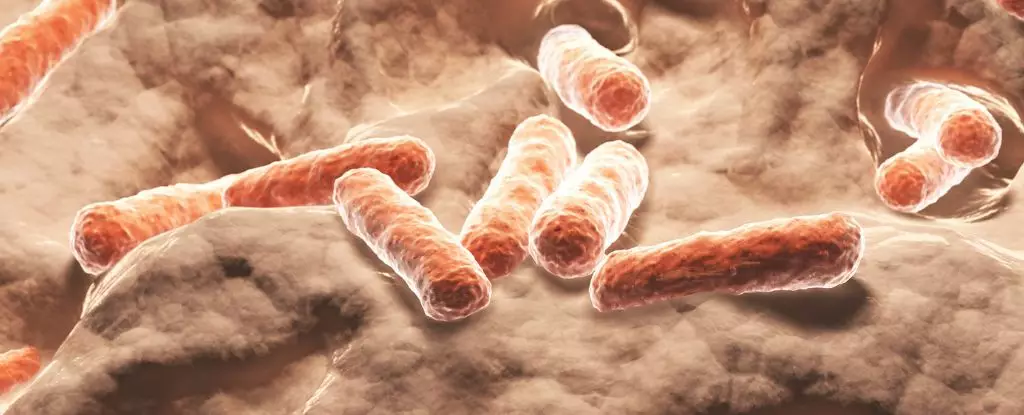Recent research highlights the complex relationship between the gut microbiome and various metabolic processes, particularly in relation to blood sugar levels and dietary cravings. While conventional treatments for type 2 diabetes often rely on pharmaceutical interventions like Ozempic, emerging studies suggest that a more natural solution may lie within our own gut flora. Specifically, scientists led by a team from Jiangnan University in China have unearthed evidence indicating that specific gut microbes can play a crucial role in the regulation of glucose metabolism and cravings for sweet foods.
A pivotal aspect of this research involves understanding glucagon-like peptide-1 (GLP-1), a hormone that helps maintain blood sugar levels and induces feelings of satiety. In individuals with type 2 diabetes, the functionality of GLP-1 is often compromised, leading to difficulties in glucose regulation. Pharmaceutical products like semaglutide (commonly known as Ozempic) function by mimicking this hormone’s effects, thus aiding blood sugar control. However, the quest for a solution that enhances the body’s natural ability to produce GLP-1 is gathering momentum, with researchers increasingly recognizing the role of the gut microbiome.
The study by the Jiangnan University team draws a connection between the abundance of specific gut microbes, such as Bacteroides vulgatus, and increased GLP-1 secretion. By manipulating the gut microbiome in diabetic mice, researchers could observe a direct correlation: as the population of this bacteria increased, so too did GLP-1 production, leading to improved blood sugar management. This finding raises intriguing questions about the broader implications of gut health on diabetes treatment.
Cravings for sugary foods are widely recognized as significant contributors to unhealthy eating habits, especially among individuals with diabetes. The research suggested that increasing the levels of beneficial gut microbes can potentially modulate sugar cravings. This is not merely a theory; the team’s investigation indicated that a gut protein known as Ffar4 also plays a vital role in this process.
Mice lacking the ability to produce Ffar4 showed diminished populations of B. vulgatus, which correlated with decreased hormone levels of FGF21, connected to sugar cravings. This reduction in FGF21 led to heightened impulses for sweet foods, indicating that the gut environment heavily influences dietary choices. Moreover, genetic studies in humans revealed that those with specific FGF21 gene variants tended to consume more sugary diets, establishing a compelling link between genetics, microbiome diversity, and dietary preferences.
The implications of these findings extend beyond mere academic interest. They suggest that harnessing the power of gut microbes could lead to novel and natural interventions for managing blood sugar and addressing cravings in type 2 diabetes patients. The treatment regimes may shift towards strategies that enhance microbial diversity and functionality within the gut, rather than solely focusing on pharmaceutical solutions.
In animal studies, administering metabolites derived from B. vulgatus not only spurred GLP-1 release but also resulted in increased FGF21 secretion, demonstrating a dual approach to improving glucose control and curbing sugar cravings. Such insights pave the way for developing probiotic treatments or dietary modifications aimed at cultivating a healthier gut microbiome.
As researchers continue to unveil the intricate relationship between the gut microbiome, hormone production, and dietary cravings, we stand at the brink of a potential paradigm shift in diabetes care. The findings from Jiangnan University underscore the importance of gut health in regulating blood sugar levels and preferences for sweet foods. With further investigation, it is conceivable that future diabetes treatments may integrate strategies targeting gut flora, empowering individuals to take control of their health through enhanced microbial balance and natural hormonal regulation. By shifting focus towards maintaining and enhancing our gut microbiome, we may unlock new frontiers in battling diabetes and related metabolic disorders.

